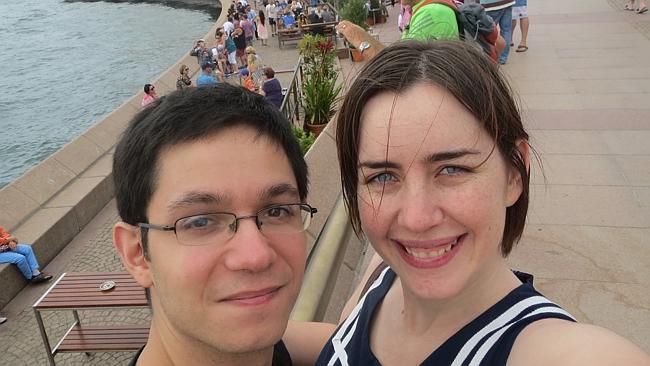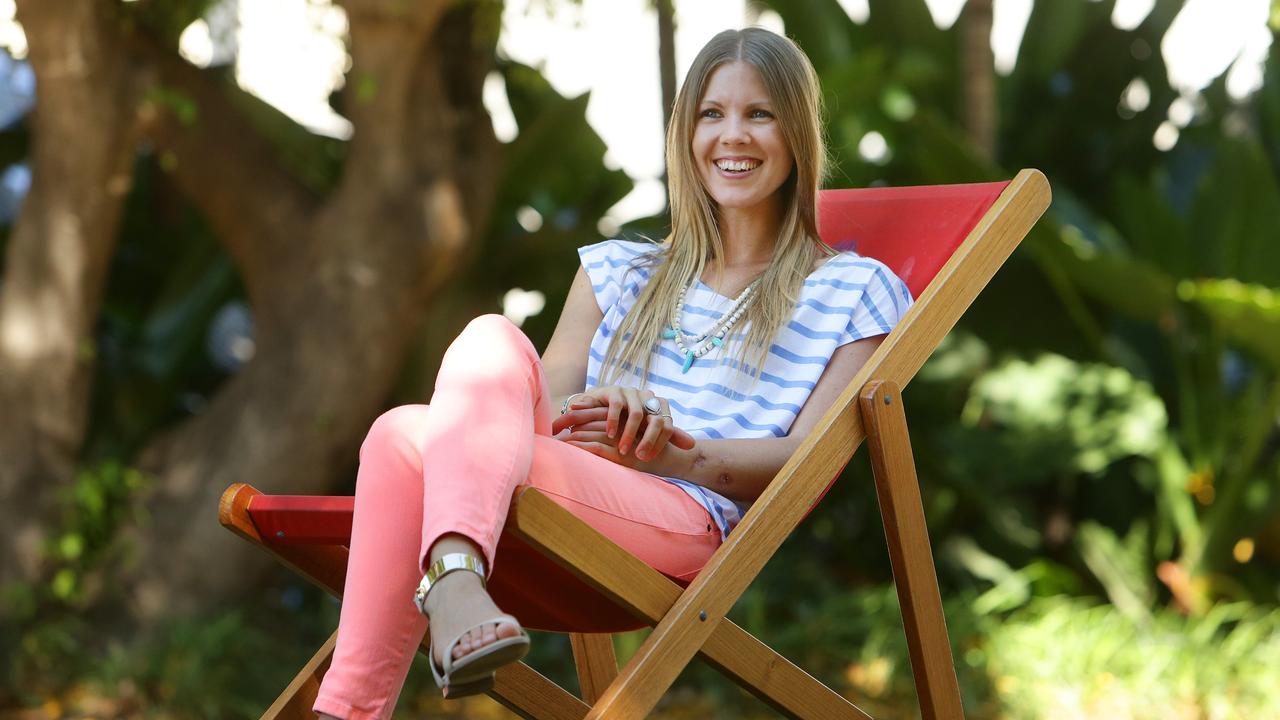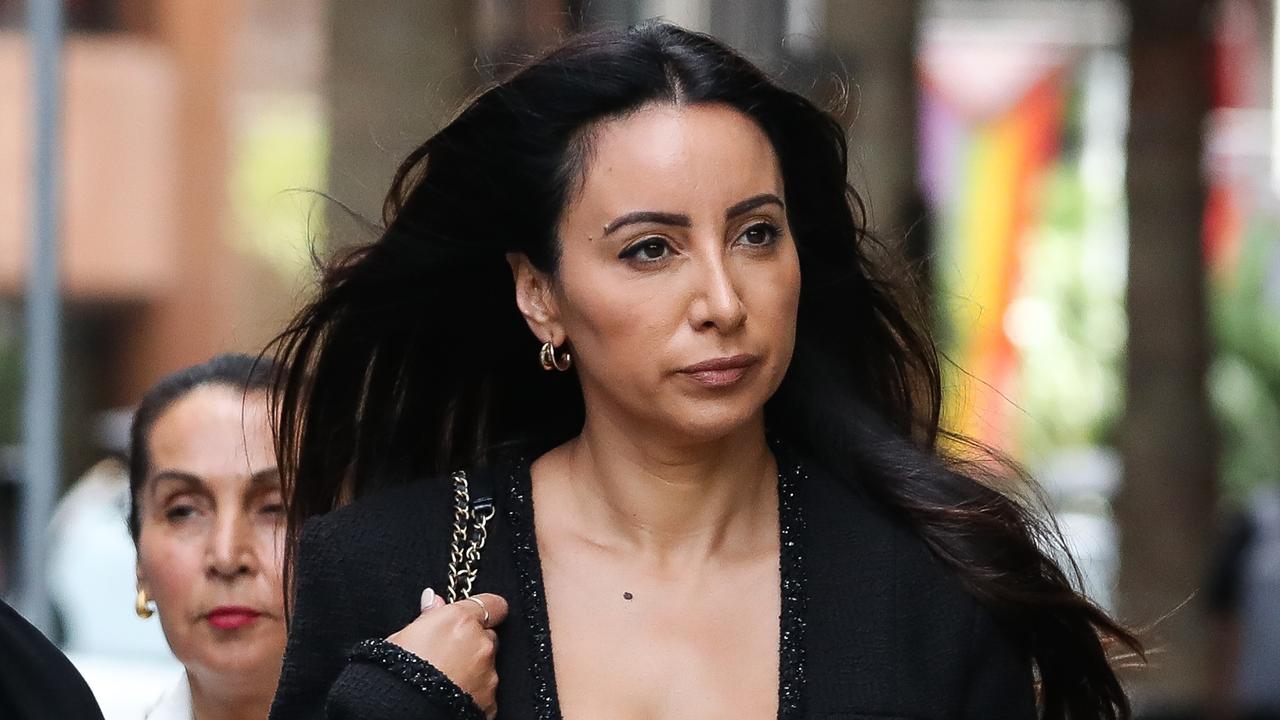Paris attack: Charlie Hebdo job put boyfriend in the line of fire
TEN minutes before the attack, Maisie Dubosarsky received an email from her boyfriend, who was sitting at his desk at Charlie Hebdo’s office.

ON Wednesday evening in Sydney, 10 minutes before terrorists burst into the headquarters of Charlie Hebdo, Maisie Dubosarsky received an email from her boyfriend, who was sitting at his desk in the satirical newspaper’s office in Paris.
Simon Fieschi, the newspaper’s webmaster and social-media editor, was often the first to see complaints and sometimes threats from those who had been the butt of Charlie Hebdo’s biting humour.
“He would tell me when they had problems,” Ms Dubosarsky told The Australian yesterday. “But there was no mention of anything this time. He just liked to send these silly horoscopes he would come across.”
Ms Dubosarsky learned of the attack in a text message from a friend who had been watching BBC television when a news flash came across. “I was just terrified he’d been murdered,” she said. “It’s such a small office and he manages reception as well. When his mother contacted me to tell me he was alive, that was fantastic.”
TIMELINE: How the Paris terror attack unfolded
Last night Fieschi was in a critical condition in a Paris hospital, where he was being held in an induced coma. A bullet had damaged his spinal cord and ricocheted, puncturing a lung.
At Christmas, Ms Dubosarsky gave a gift subscription of Charlie Hebdo to her grandfather Peter Coleman, a writer and former federal and state Liberal politician.
The first copy of Mr Coleman’s subscription arrived at his Edgecliff home in Sydney’s east on Wednesday, hours before the shooting. It was accompanied by a hand-drawn self-portrait by the cartoonist Charb (editor Stephane Charbonnier), with a personal handwritten message to Mr Coleman in English that read: “Don’t be afraid Peter.”
The character in the cartoon has been impaled by what appears to be a hammer and sickle, the symbol of communism. Charb, who had been a member of the Communist Party, was killed in Wednesday’s shooting. “It’s hard to know what he meant by it,” Mr Coleman told The Australian yesterday. “It could be a self-criticism or a joke at his own expense, or it could mean nothing. It’s just chilling that it may be one of the last cartoons he drew.”
Ms Dubosarsky, who has lived in Paris for three years working in publishing, is due to arrive back in Paris today to be with Fieschi after catching a flight from Sydney where she had been visiting family. Her Paris home, in the 11th arrondissement, is just two streets from the scene of the shooting.
GALLERY: Terror attack in Paris
“They had threats every day and people calling up,” Ms Dubosarsky said, “but I know for sure that they didn’t think that something like that would happen.
“They had legal threats all the time and they had a permanent lawyer working for them. Only Charb was under police protection because they knew people had problems with Charb personally.
“Charb’s got bodyguards and the police just sit in a van out the front, but they never had a chance with those guys (the gunmen) anyway. Other than that there had never been any specific threats. But the rest of them, there was nothing recently particularly concerning.”
Ms Dubosarsky and Fieschi have been together for 18 months and frequently socialised with the closely bonded team at Charlie Hebdo.
“They are sort of relaxed, hipster, bohemians I guess,” she said. “They were social. They worked together a lot. But they liked going out and having drinks.
“They knew that they were annoying people, and they liked doing that, they liked pushing people’s buttons.
“The Islamic stuff was just a part of it. They also wrote extremely misogynistic things, and violent things.”
Ms Dubosarsky said the team’s opposition to religion was not confined to Islamism. They were committed to the principle of laicite — the separation of religion from the affairs of state.
“They very much see themselves in line with the principles of the French revolution,” she said. “They absolutely believed that they were the upholders of laicite. And they really believed in free speech above anything. I don’t think they thought that they were risking their lives.
“They attack religion so much because they want to make sure it is kept out of politics. They want to be able to criticise it.”
Ms Dubosarsky said that everyone involved with Charlie Hebdo was proud to be part of it.
“Lots of people don’t like them because they are regarded as extremists, but they are so much part of the French character,” she said.
“Every person in France knows who they are, and everyone respects them. It’s an impressive thing to work at that newspaper. It impresses anybody.”
The cover of the December 31 edition of Charlie Hebdo that Mr Coleman received carries a cartoon of French President Francois Hollande in a compromising position with a dog. The caption reads: “Hollande’s popularity is climbing among Labradors.”
Mr Coleman said: “It’s not exactly for family viewing, It’s very much of the French Left. But I must say I was rather pleased, when it arrived, to be a subscriber to this famous satirical publication, which isn’t the same as saying I was going to laugh at all its jokes but its irreverence appealed to me.”
Mr Coleman is a lifelong opponent of censorship and advocate for free speech. His seminal work, Obscenity, Blasphemy, Sedition: 100 Years of Censorship in Australia, was published in 1963.
“The French leave the English-speaking world well behind in their passion for free speech,” Mr Coleman said. “They think of themselves historically and forever as the world leaders in liberty equality and fraternity. It’s in their bones, and liberty of speech is very much part of it.
“When someone turns up and shoots their cartoonists, even if they don’t agree with Charlie Hebdo — as probably I don’t — they are nevertheless enraged.”



